 |
 |
 |
 |
Manned Operations |  |
 |
 |
 |
 |
Introducing EVE Hull Design Exostructure Power Propulsion Docking Ballast Sensors & Sampling Manipulators Life Support Navigation Communication Viewing Systems Control Systems ROV |
 |
 |
 |
 |
Docking
Docking is a hard problem to solve at the pressures that we have to deal with at the habitat's depth. Most deep sea submersibles do not have to worry about docking because they commute up and down from the surface. Since we will have a habitat next to the vent system, it does not make sense for the submarine to go back and forth to the surface. Instead, we will dock on the outside of the habitat. We considered using the airlock in the habitat, but our submarine is too large to fit into the airlock.
We, therefore, came up with a design that uses the pressure difference between inside and outside of the habitat to keep water from coming in. This way, we use the high pressure to our advantage. It works almost like a mini-airlock between the submarine and the inside of the habitat. Below are two views of the docking station that will be part of the habitat.
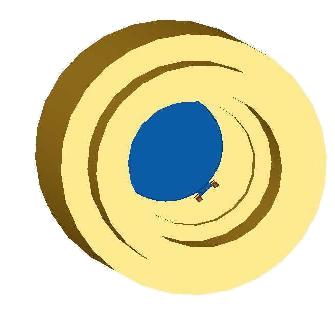
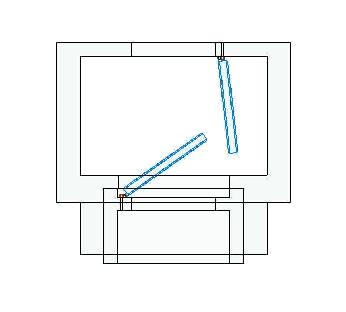
The top picture is from the outside looking in. The bottom picture is a cross section. The blue disc is the door that opens outward. This way, the water pressure will keep it closed, and prevent leaking. Beyond the door, there is the docking sphere of the habitat. There is a little release valve in the door and another release valve on the side of the wide part of the dock (both not shown in the picture.)
Below is the hatch, which is the part on the submarine that fits into the dock.
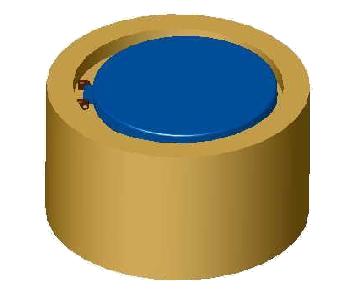
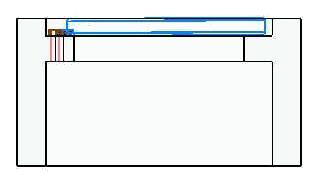
The top picture is from the outside and the bottom picture is a cross section. The hatch is attached to the top of the submarine, but for simplicity the submarine isn't shown in the pictures. This door also opens outward, so the water pressure keeps it closed.
When the submarine is docking the hatch fits into the docking station snugly so the top of the hatch is flush with the lip inside the docking station. This seal does not have to be perfect at first. Naturally the hatch will not be exactly flush with the lip. Then the release valve in the door of the dock opens. That releases all the water pressure between the hatch and the dock. Some water will come into the habitat because the seal on the lip will not be complete (the water will not be a problem because the habitat will be able to pump it out.) But as soon as the pressure is released all that force that was originally pushing down on the hatch is gone. So there is a net force of many tons pushing EVE upward into the dock. It will push the hatch flush with the lip. That force also makes sure the seal between the top of the hatch and the dock lip will stay tight. There is a hard rubber gasket on the lip to improve the seal. Now the water between the hatch and dock doors is at atmospheric pressure. The dock door opens and that water is pumped into the habitat. Then the hatch door can open and docking is complete.
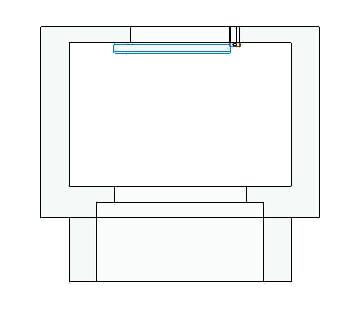
It would be impossible for EVE to pull itself away from the dock, because there is so much pressure pushing it upward. To solve this problem there is another release valve between the seawater and the inside of the dock. When EVE is ready to leave, both the dock and hatch doors are closed. Then the release valve lets water into the cavity. The pressure builds up to the outside pressure and the sub has no more force pushing it upward, and it can leave.
